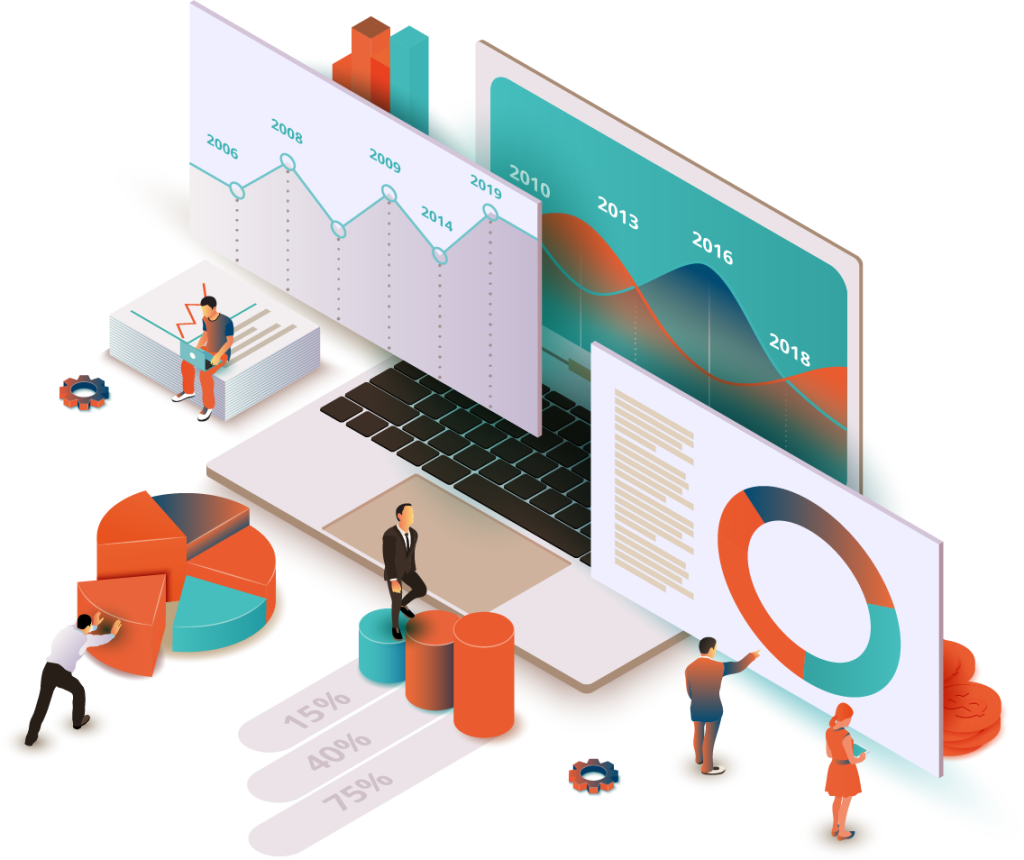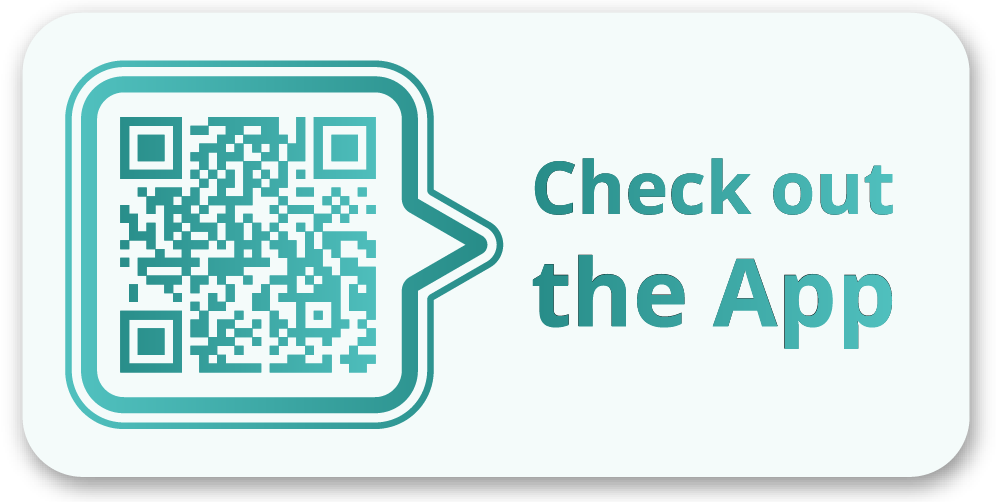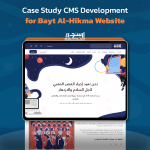1- About the Client
Tadawi is an intelligent digital platform that offers integrated healthcare solutions including telemedicine consultations, home healthcare services, and wellness improvement packages. The platform delivers a comprehensive user experience encompassing prevention, treatment, and care — all provided by qualified and licensed healthcare professionals.

2- Project Overview
The healthcare sector has seen remarkable growth in recent years, particularly with the rise of digital services and technological advancement. As such, Tadawi needed to implement a comprehensive technical solution to make accessing healthcare services more convenient for users. This challenge led to the development of a robust Health Tech Ecosystem, consisting of three applications and an integrated dashboard, along with full integration with the Odoo ERP system. The project requirements included the following:
The required was represented as follows:

Patient App
Enables patients to manage their health records and those of their family, track health activities, and book appointments. It also integrates with wearable devices and smart medical tools.

Doctor App
Offers a fully equipped virtual clinic to help physicians efficiently manage daily consultations and tasks, including wallet and financial operations management.

Healthcare Provider App
Facilitates daily operations, access to user files, financial wallet management, and collection of work-related details for field-based service providers.

Admin Dashboard
Connects all three apps and streamlines daily operations to ensure smooth workflow and centralized management.

Odoo ERP Integration
The entire platform was integrated with the Odoo ERP system to unify business data within a comprehensive administrative ecosystem.
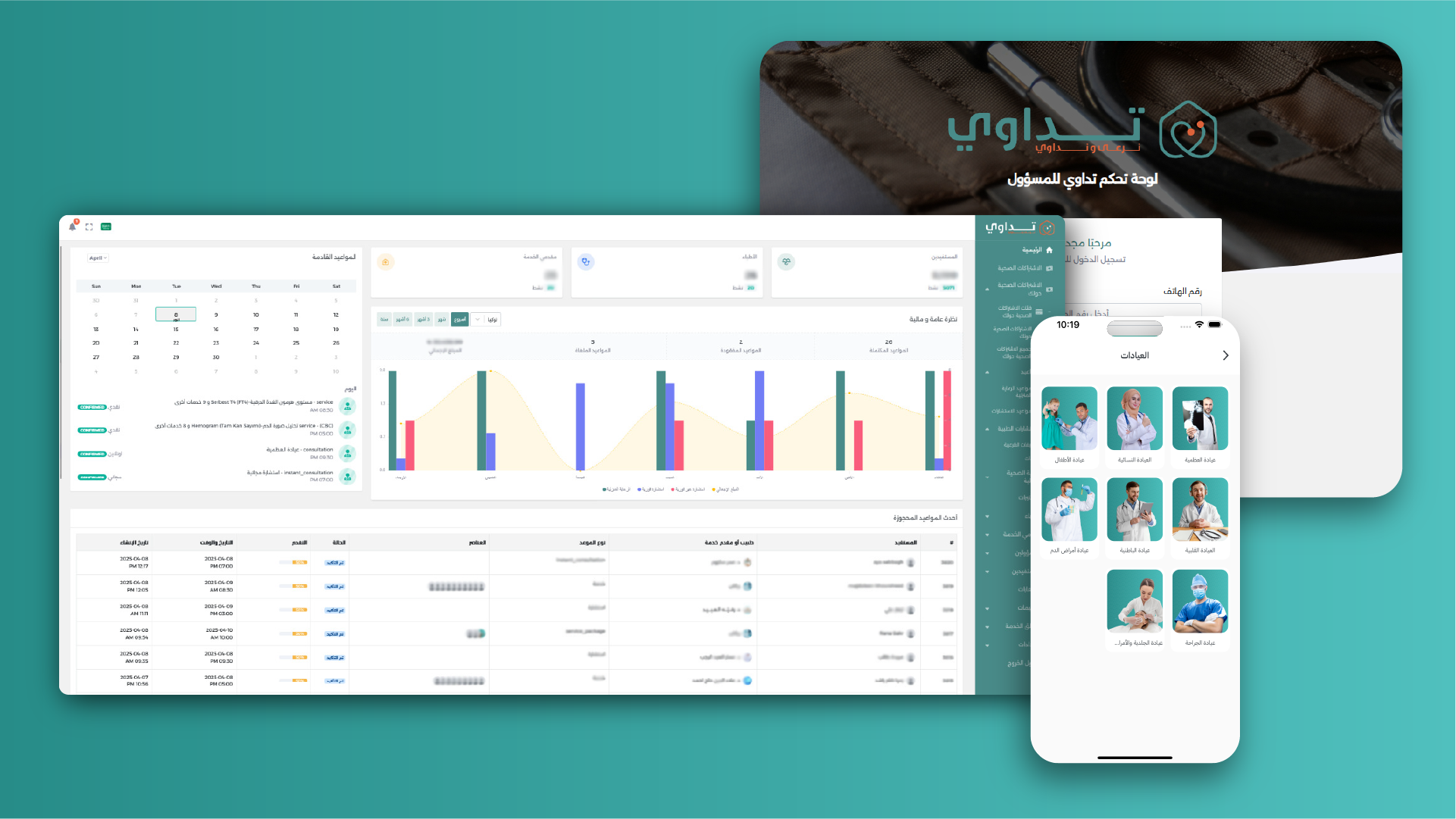
3- Target Audience
- Beneficiaries: Individuals seeking healthcare services, remote medical consultations, and in-home medical care.
- Doctors: Physicians looking to expand their services through remote consultations and seeking a reliable platform to connect with patients.
- Healthcare Service Providers: Including nurses, lab technicians, physiotherapists, and other health professionals.
- Healthcare Institutions: Such as laboratories, hospitals, and private clinics seeking technical solutions to scale their services and operations.
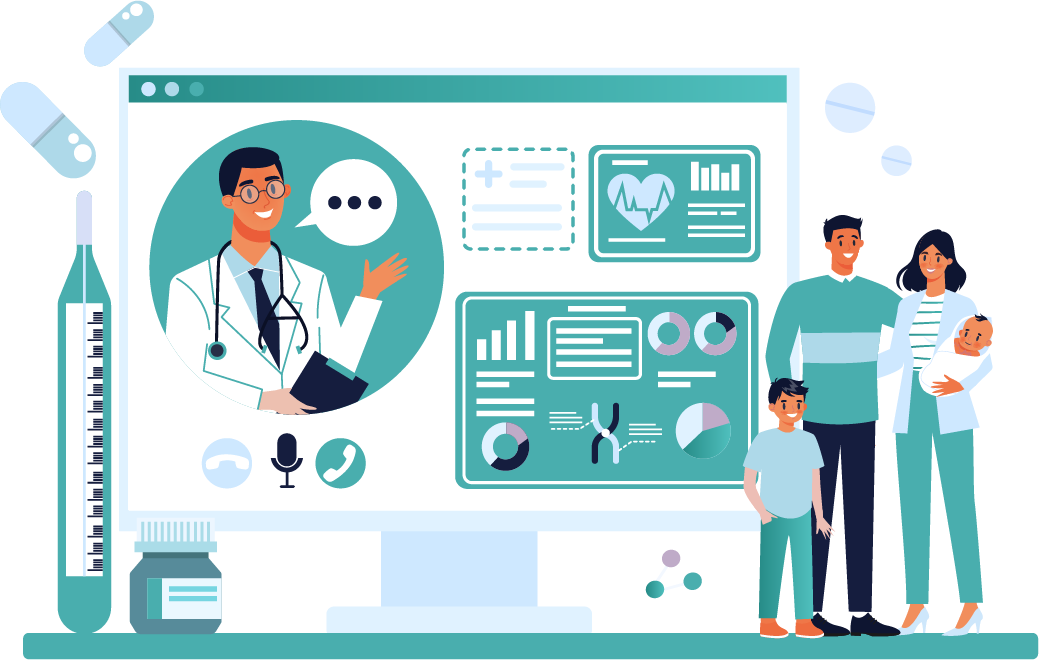
4- Client Challenges
With Tadawi’s rapid growth, digital transformation became a strategic necessity to support its expansion and meet rising demands. Traditional systems proved inadequate in managing large volumes of data and in delivering efficient solutions to users. As a result, the client faced the following key challenges:

Difficulty in booking appointments and frequent data loss due to reliance on outdated systems.

Lack of effective communication channels for timely responses and continuous engagement.

Users struggled to access the healthcare services offered by the platform.

Operational delays and inefficiency caused by fragmented systems and lack of integration.

Insufficient smart digital transformation, which slowed down the growth trajectory.
5- Project Analysis Phase
To thoroughly analyze the project requirements, we followed these key steps:
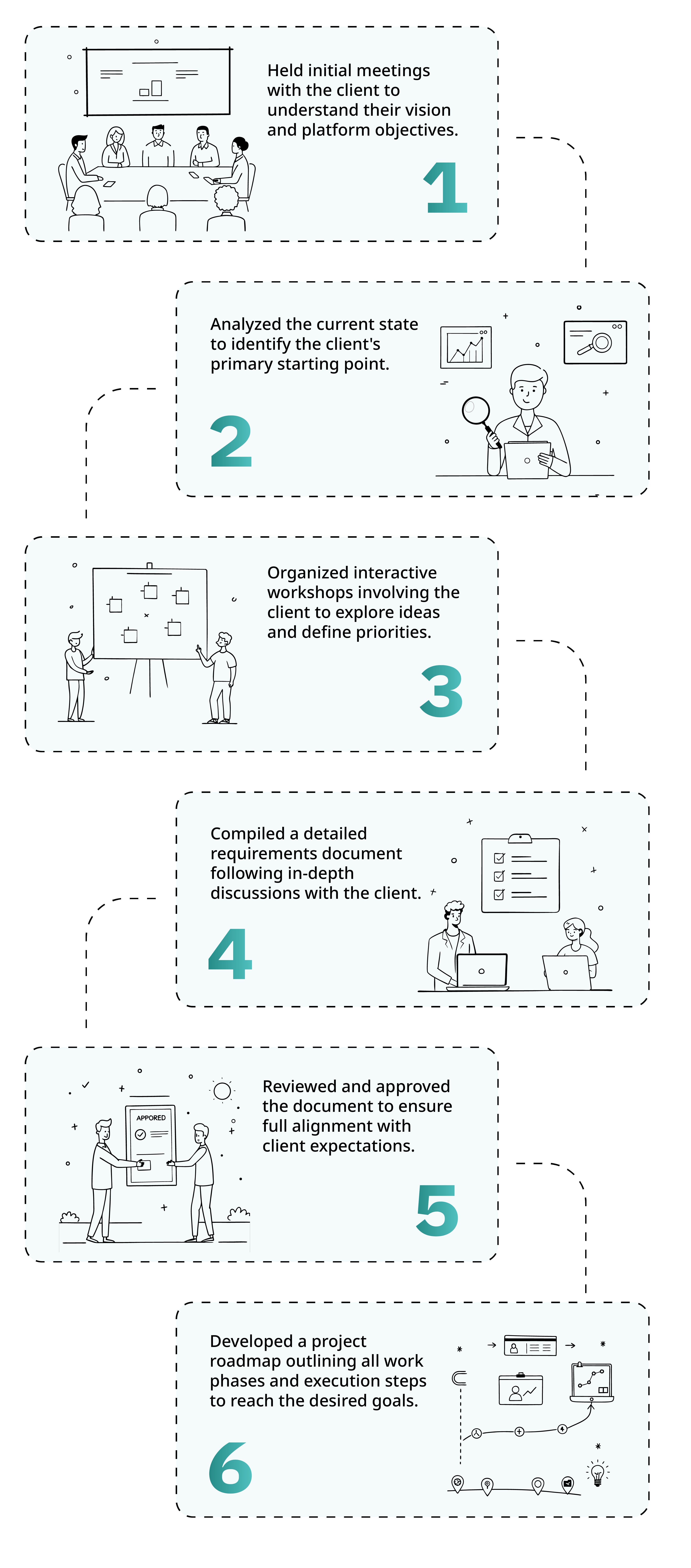
6- Competitor Analysis
We adopted a strategic approach to ensure we delivered solutions that are more innovative and effective than those offered by competing platforms. Our competitor analysis included the following steps:
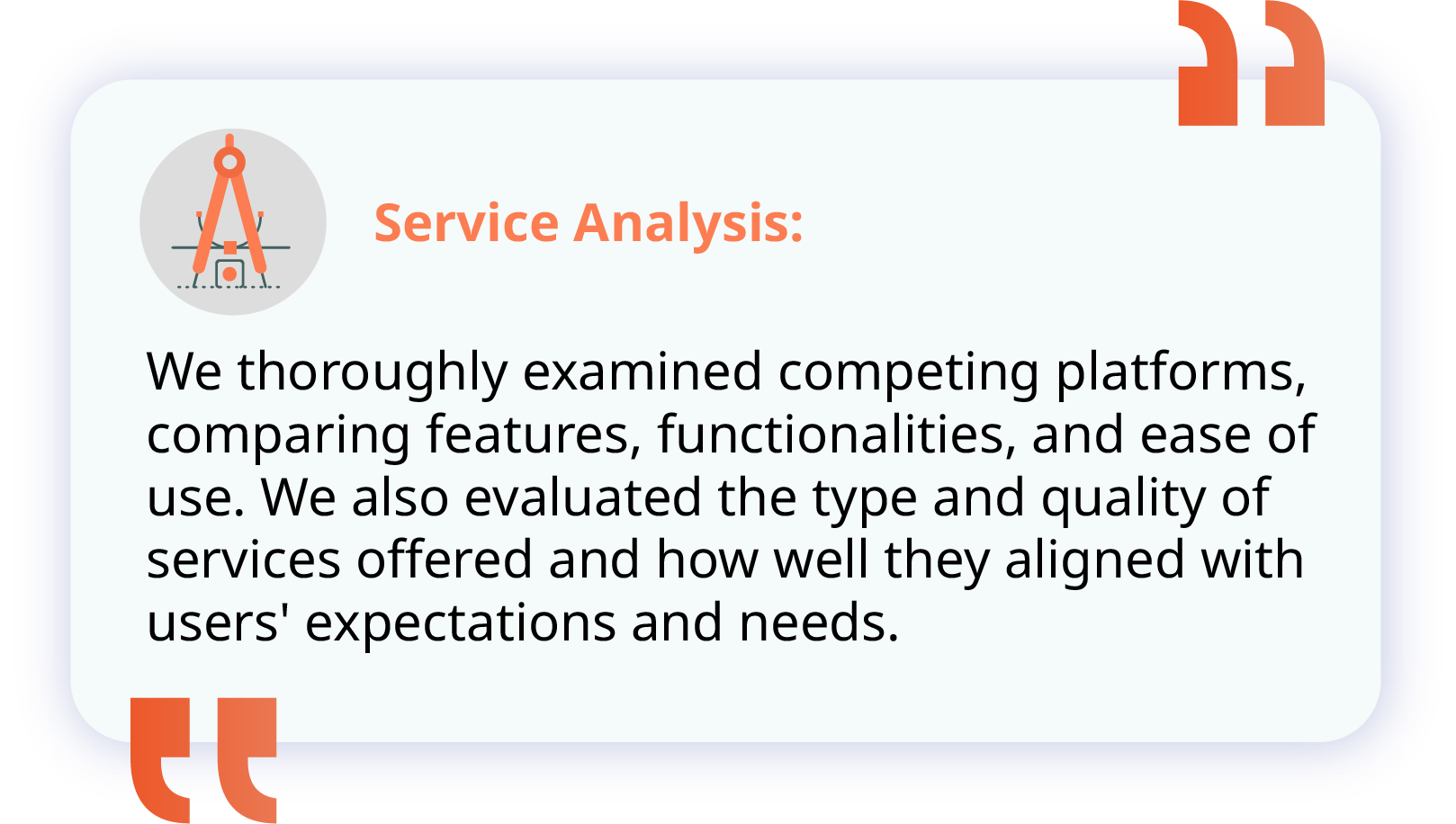
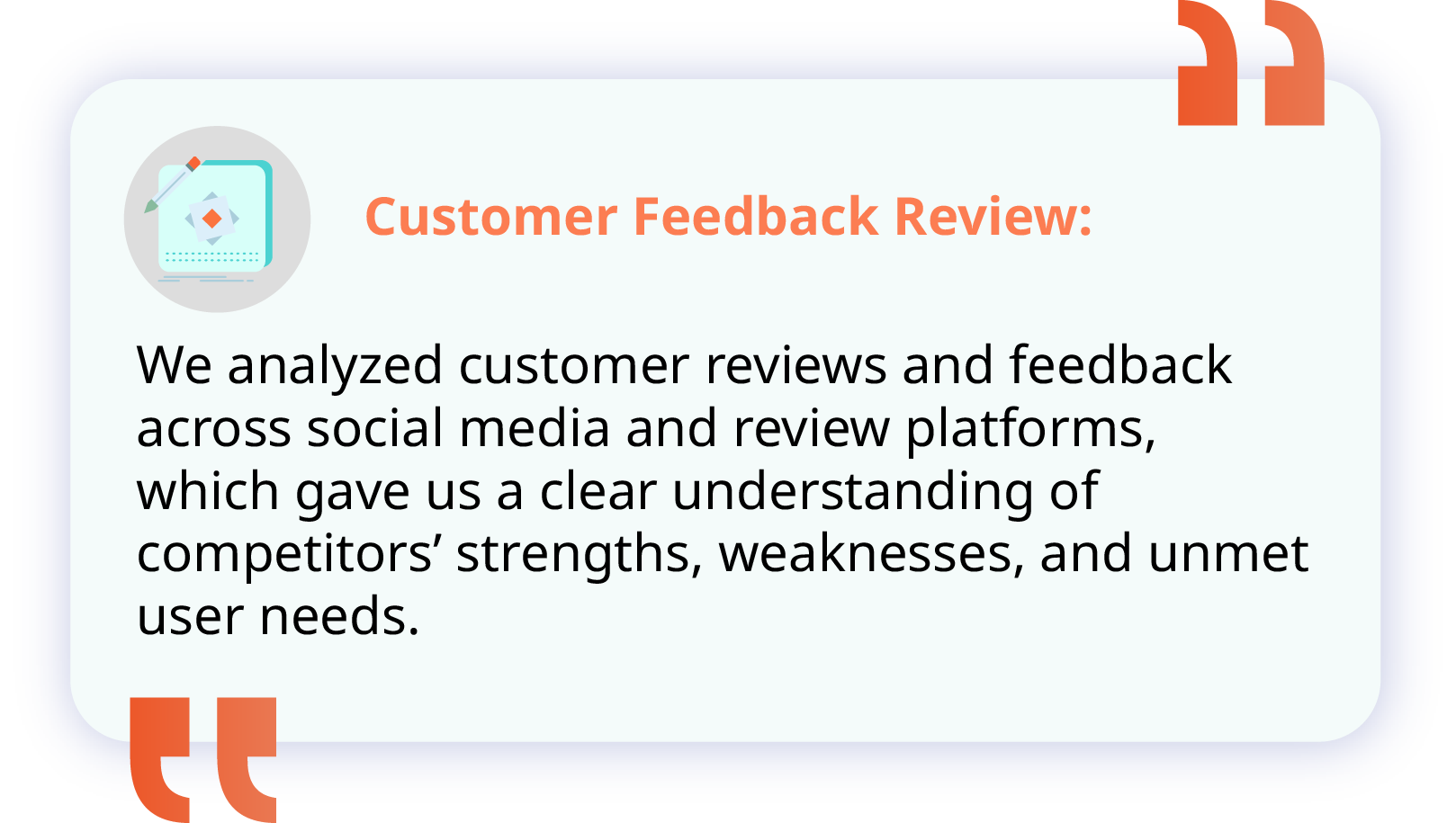
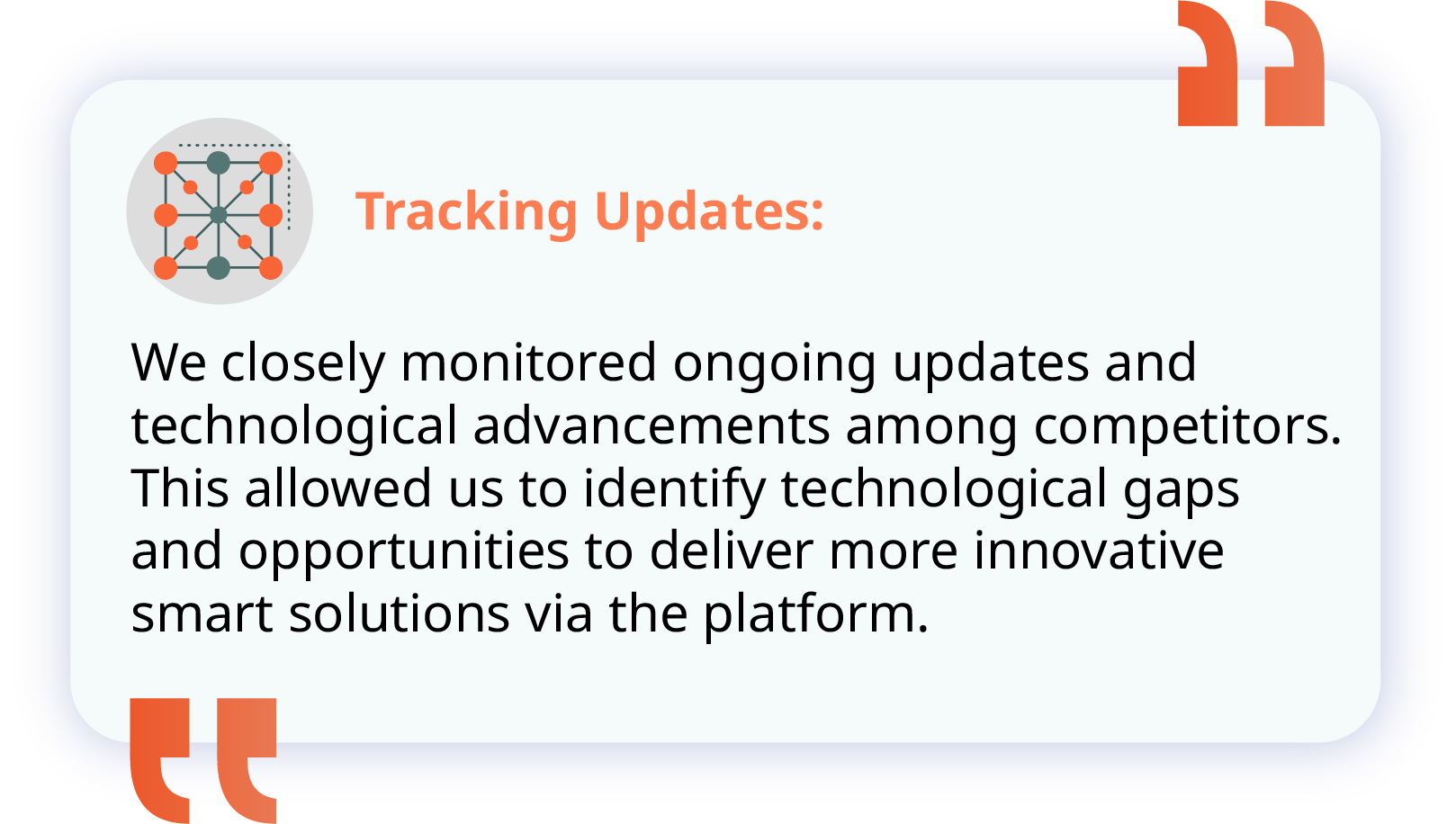

7- Time and Budget Management
- To manage time and budget effectively, we implemented the following key steps:
- Created a comprehensive initial plan covering all major project tasks.
- Divided the project into smaller phases and adopted Agile methodology for execution.
- Allocated resources and prioritized tasks to minimize costs wherever possible.
- Utilized project management tools and systems to monitor progress and ensure smooth operations.
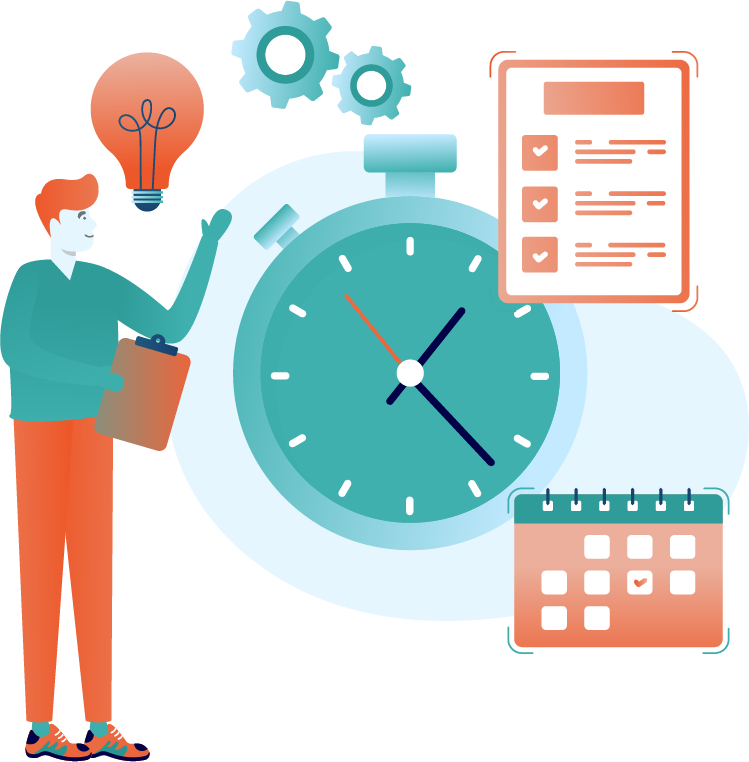
8- Technologies Used
1
Frontend Development Technologies
Flutter – React Js
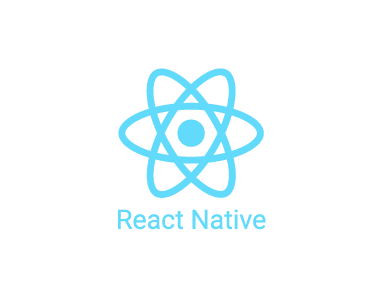

2
Backend Development Technologies
Laravel
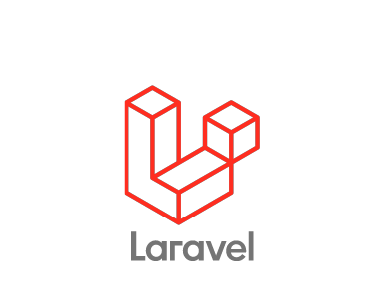
3
Database Systems
MySQL
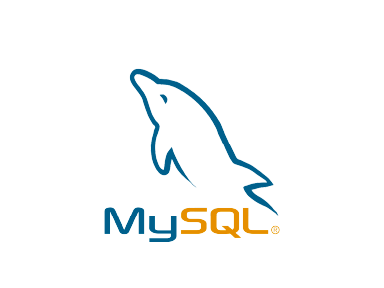
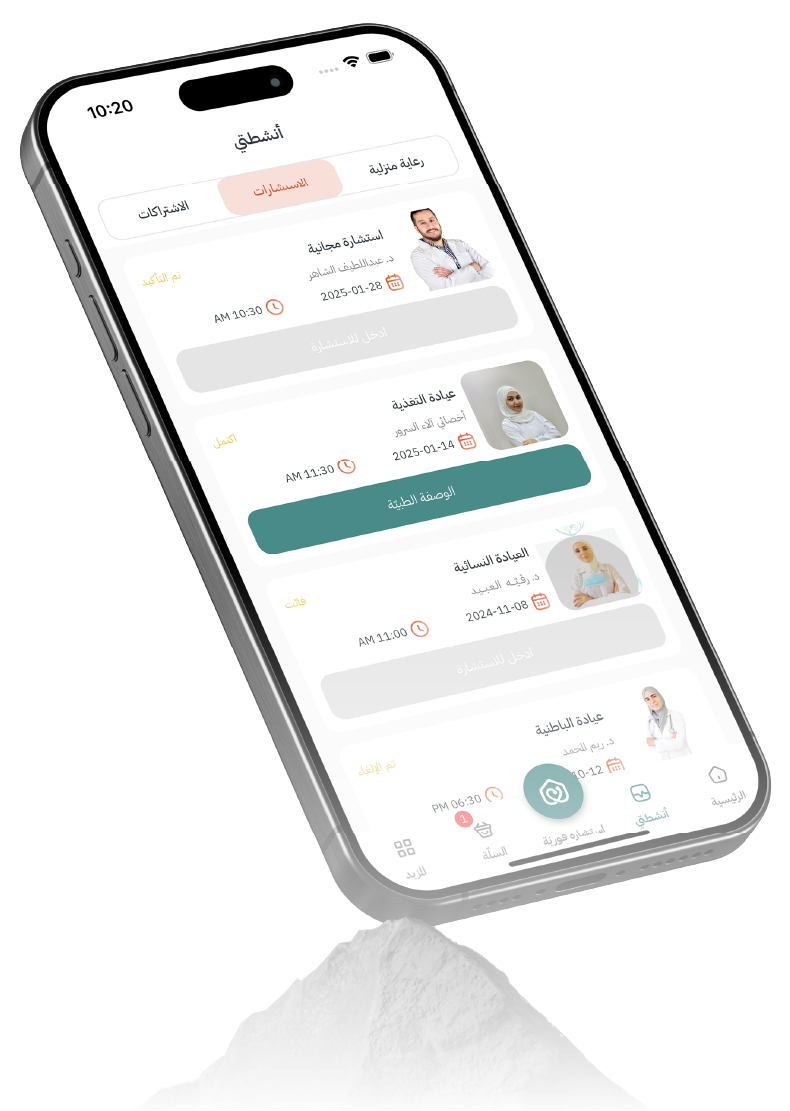
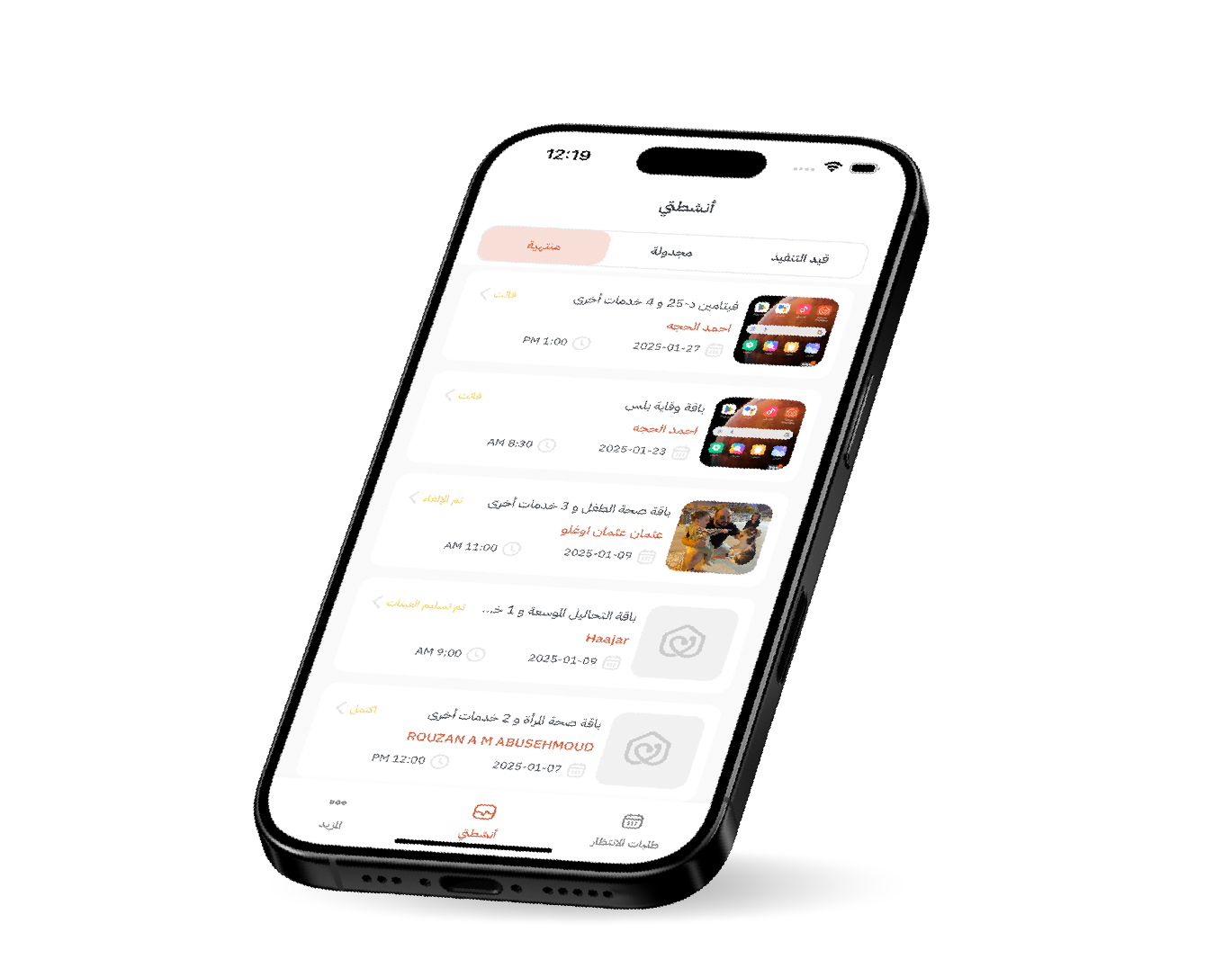
4
System Integration Technologies:
RESTful APIs – OAuth 2.0 – Webhooks
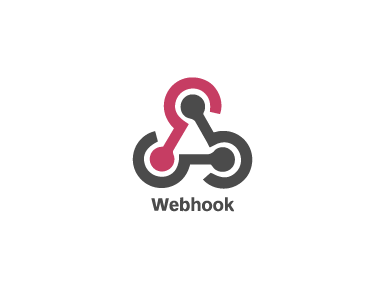
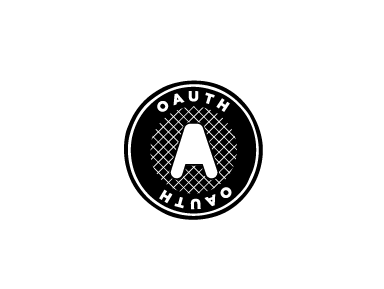
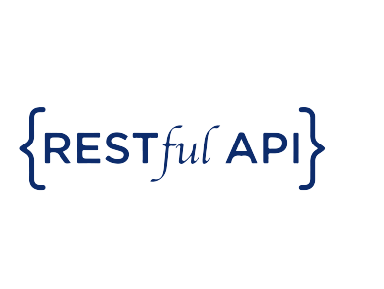
5
Security Technologies:
RESTful APIs – Token Auth – Webhooks
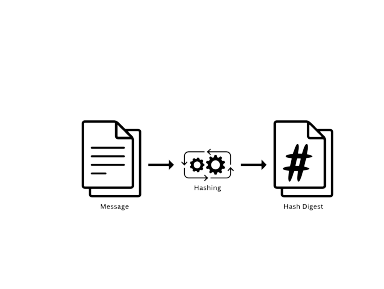
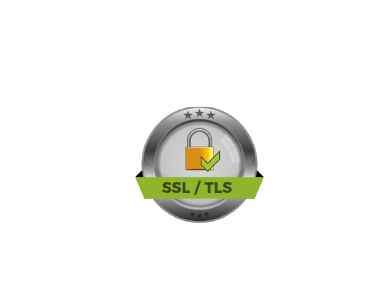
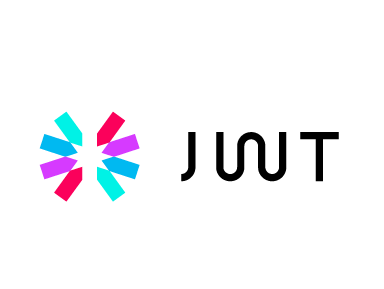
6
Testing Tools & Technologies:
Junit – Mockito – Postman – Jmeter
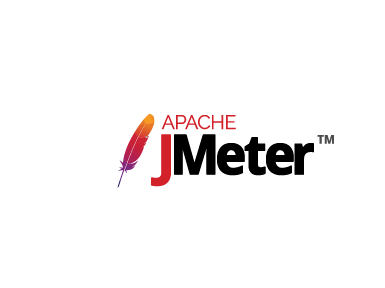
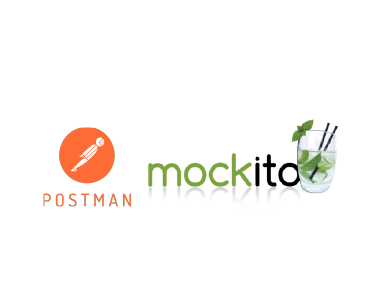
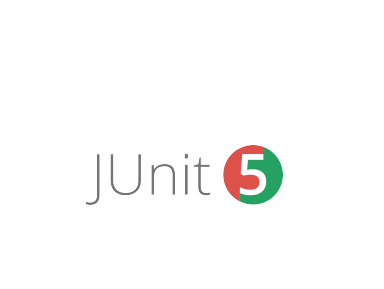
9- Key Tasks We Performed
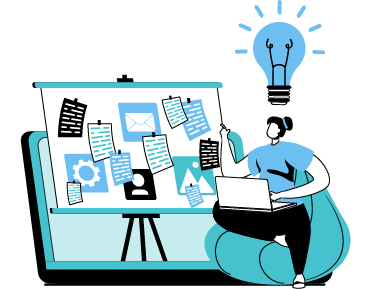
1- Requirements Gathering and Analysis
We began by identifying the needs of all stakeholders — patients, doctors, and healthcare providers — through detailed surveys and discussion sessions. We then analyzed the requirements and created a comprehensive vision to deliver tailored solutions that aligned with the project’s objectives.
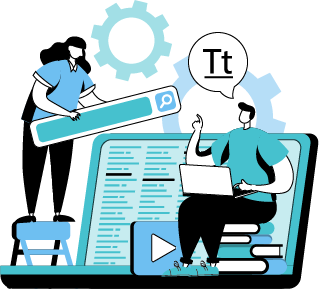
2- User Experience (UX) Design
We focused on designing a seamless and user-friendly experience that integrated all platform functionalities. Our goal was to ensure smooth service and information flow, enhancing user satisfaction for doctors, patients, and healthcare providers alike.
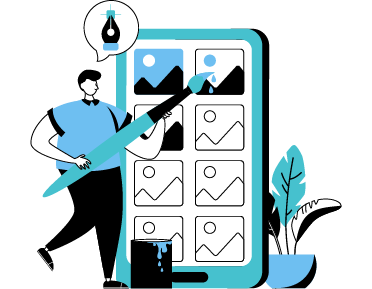
3- User Interface (UI) Design
We created modern, visually appealing interfaces aligned with Tadawi’s visual identity. Emphasis was placed on soothing colors and simplicity, ensuring a responsive design that works efficiently across all screens and devices.

4- Platform Infrastructure Development
We designed and developed a scalable and robust infrastructure to ensure consistent performance and accommodate the platform’s future growth. Advanced tools and technologies were used to enhance security and optimize performance.
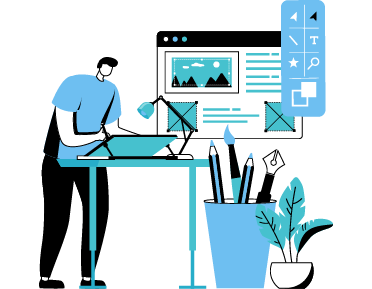
5- Feature Development
We developed advanced functionalities allowing users to manage their health records, book appointments, and receive consultations effortlessly. For doctors, we built a full-featured virtual clinic to handle daily tasks, and for service providers, we created an integrated system for managing field operations.
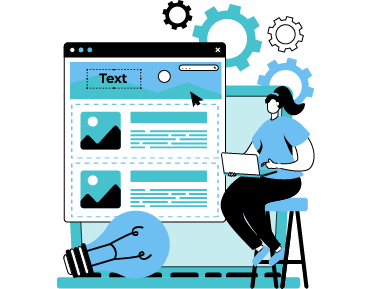
6- Code Quality Assurance
We adhered to the highest coding standards to ensure smooth and efficient performance. Code was regularly reviewed to eliminate errors and ensure system stability and flexibility.
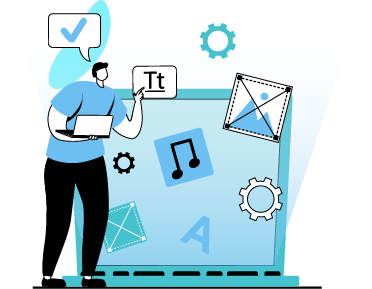
7- Testing
To ensure readiness and optimal functionality, we conducted extensive tests covering performance, security, usability, and compatibility.
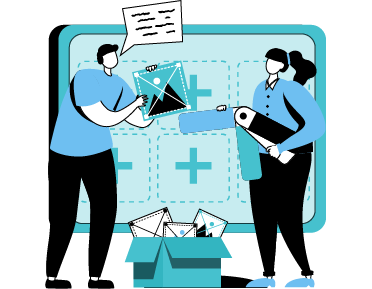
8- Feedback Handling and Improvements
Based on test results and client feedback, we identified weak points and potential issues, then implemented necessary improvements to enhance performance and ensure a high-quality final product.
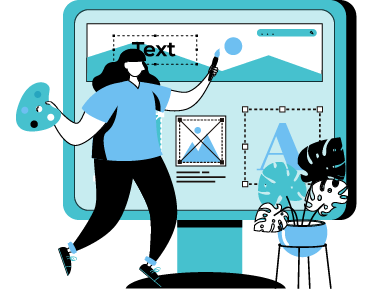
9- Production Environment Setup and Launch Preparation
We fully prepared the production environment, ensured seamless integration with the Odoo ERP system, and verified that the platform was ready for a smooth and efficient launch, with all operational requirements in place.
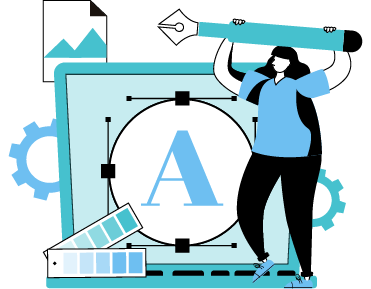
10- Client Training and Technical Support
To ensure optimal usage, we held training sessions for Tadawi’s team and provided continuous technical support to resolve issues and answer inquiries.
10- Work Flow

11- Project Progress Stages
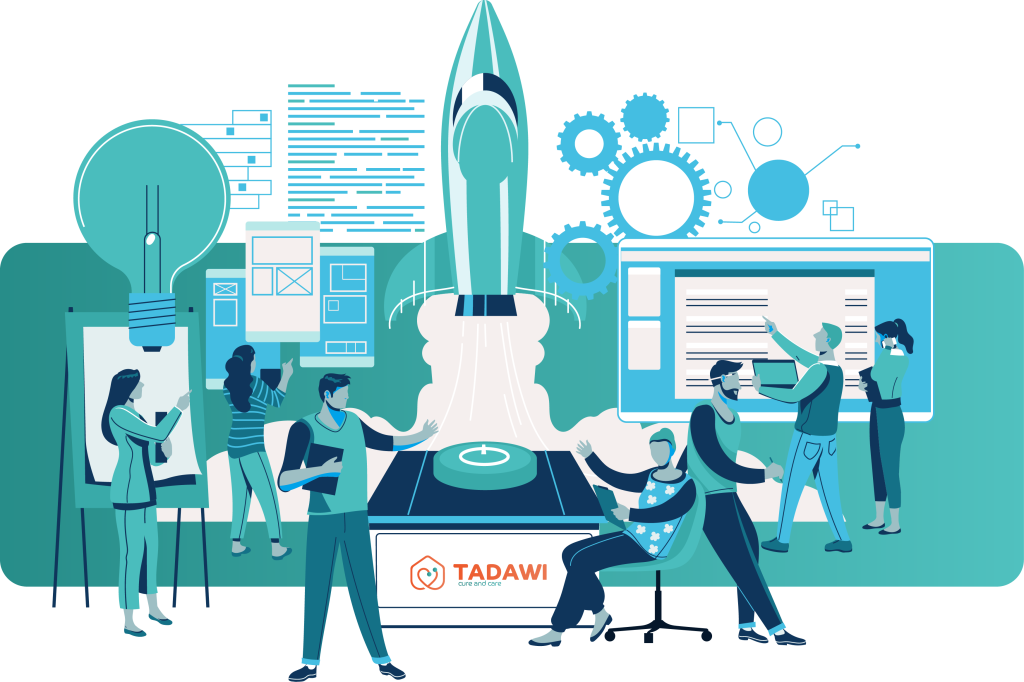

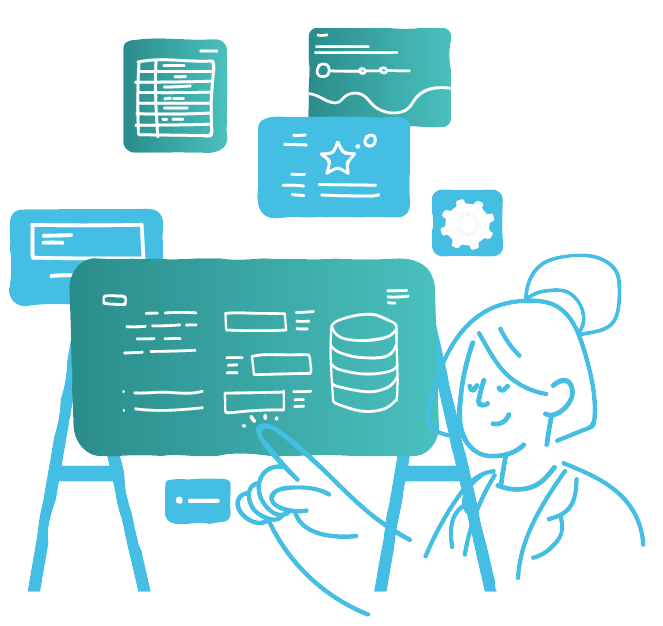
1- Project Phasing
We divided the project into key phases to allow for accurate progress tracking and timely delivery of each stage. Tasks were distributed among specialized team members based on project priorities.
2- Technology Selection
We selected the most advanced development technologies aligned with the project’s nature and needs to deliver optimal performance. We used modern tools to build the three apps, connect them to the dashboard and the Odoo ERP system, while ensuring seamless integration across all components.
3- Time and Budget Management
To ensure on-time delivery within budget, we carefully planned the allocation of technical and human resources. We adopted an effective project management methodology that provided development flexibility, quick problem-solving, and maintained high quality with strict adherence to deadlines.

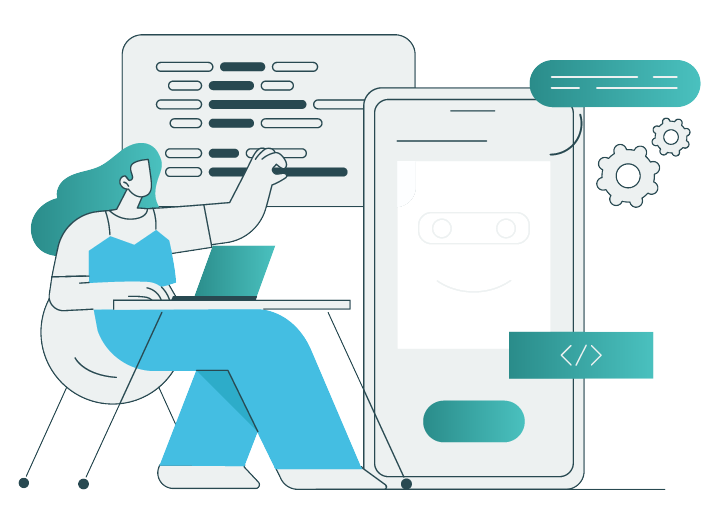
1- Requirements analysis and design planning
This step was essential to the project’s success. We gathered all necessary information regarding client needs through intensive meetings and targeted surveys. We defined the target audience, the platform’s key objectives, and the challenges it aimed to solve. A detailed requirements document was then prepared, covering:
- Core platform features and functionalities.
- Possible platform use cases.
- Technical constraints and required specifications.
We then developed a clear design plan outlining the workflow—from UX design to UI design—with a set timeline for each stage.


2- User Experience (UX Design) "Wireframes"
At this stage, we focused on designing wireframes to visualize how users would interact with the platform.
The goal was to simplify users’ daily tasks and make navigation intuitive.
- We created real usage scenarios based on the target audience.
- We mapped out user flows to define the complete journey from start to finish.
- Design tools were used to build wireframes showcasing layout structure and component functions.
3- User Interface (UI Design)
Once the wireframes were approved, we moved on to the UI design phase, focusing on the platform’s visual aesthetics.
We applied modern design elements to ensure an attractive and user-friendly interface, striking a balance between visual appeal and functional usability.
- We defined the color palette based on the client’s visual identity.
- We selected fonts that ensured text clarity and visual appeal.
- Custom graphics and icons were added to enhance the user experience.
- We applied responsive design principles to ensure full compatibility across devices — including smartphones and tablets.

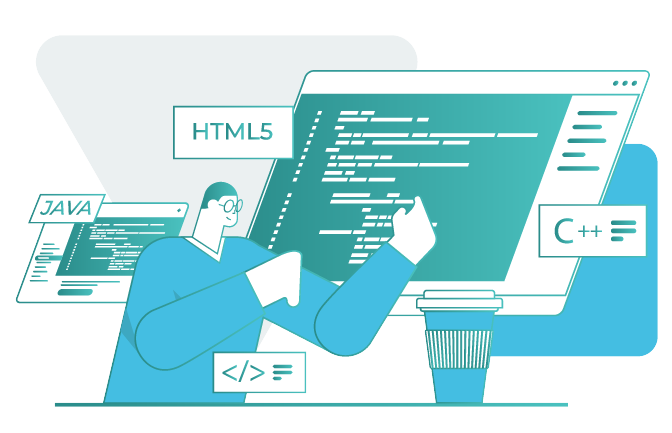
1- Core Infrastructure Setup (Databases and APIs)
This phase laid the foundation for development. The platform’s infrastructure was designed to ensure high performance and flexibility, including:
- Data Analysis: We assessed the types of data to be stored and processed within the applications and defined their relationships to create a solid database structure.
- Database Creation: Based on client requirements and expected data volume, we selected the appropriate database and designed tables and relationships for optimized performance and query efficiency.
- API Development: APIs were built to connect the platform’s frontend to the backend, enabling secure and fast data exchange.
- Security: We implemented protective layers such as JWT-based authentication and encryption to safeguard data in transit.
2- Frontend Development
2- Frontend Development
This stage focused on delivering a practical and responsive user experience, including:
- Framework Selection: We used modern frontend frameworks to ensure high performance and ease of future updates.
- Design Implementation: UI designs were converted into functional code with an emphasis on responsive and fluid user interaction.
- API Integration: The frontend was connected to the platform’s APIs to facilitate real-time data exchange with the backend.
- Compatibility Testing: We tested the frontend across multiple devices and operating systems to ensure broad compatibility.
3- Backend Development
The backend is the platform’s backbone, responsible for processing requests and securely delivering data. The process involved:
- Tech Stack Selection: We used powerful backend languages and frameworks to ensure scalability and flexibility.
- Business Logic Implementation: We developed the system’s core functions such as request handling, data processing, and calculations.
- Database Connectivity: We ensured robust and secure integration between the backend and database.
- User Management: Login and access control systems were implemented to protect user data and manage permissions.
- Error Handling: An automated error detection and resolution system was developed to prevent platform downtime.

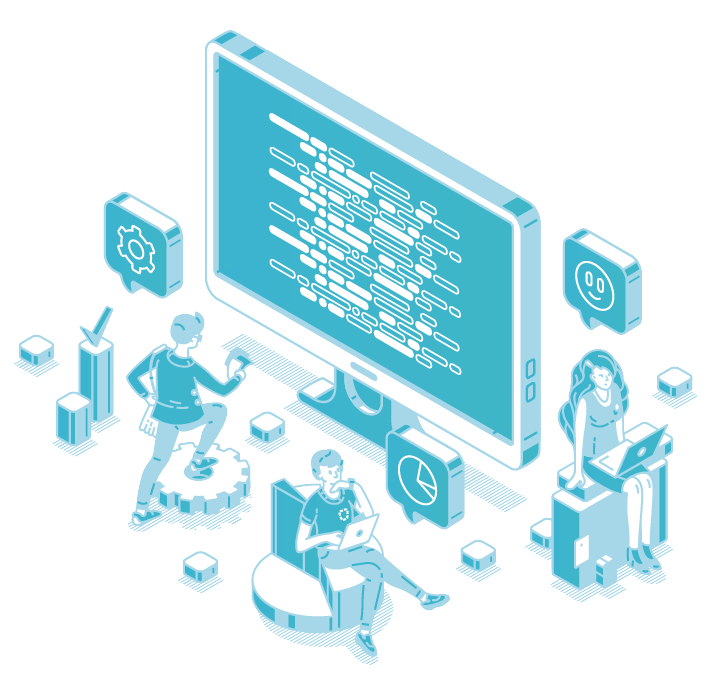
The testing phase is critical to ensuring platform quality and readiness before launch. It involved multiple types of tests to verify the system met all requirements, including:
:Functional Testing
Verifying that every feature i the system performs as expected
:Performance Testing
Measuring the platform’s responsiveness, scalability, and resource efficiency under various loads
:Compatibility Testing
Ensuring proper functionality across different devices, screen sizes, and operating systems
:Security Testing
Identifying vulnerabilities and ensuring the protection of user privacy and system data



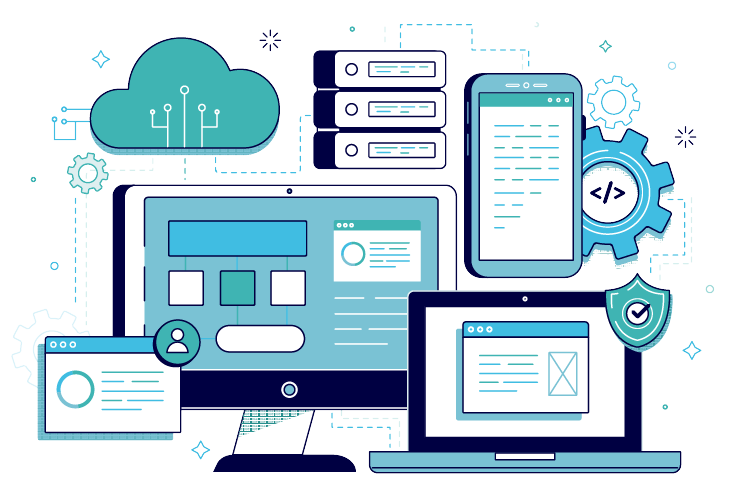
This phase ensures the platform integrates smoothly with internal and external systems. The following steps were taken to achieve secure and seamless integration:
- Understanding Integration Requirements
- Preparing Integration Infrastructure
- Developing Integration Interfaces
- Integration Testing
- Security and Data Protection
- Documentation and Team Training

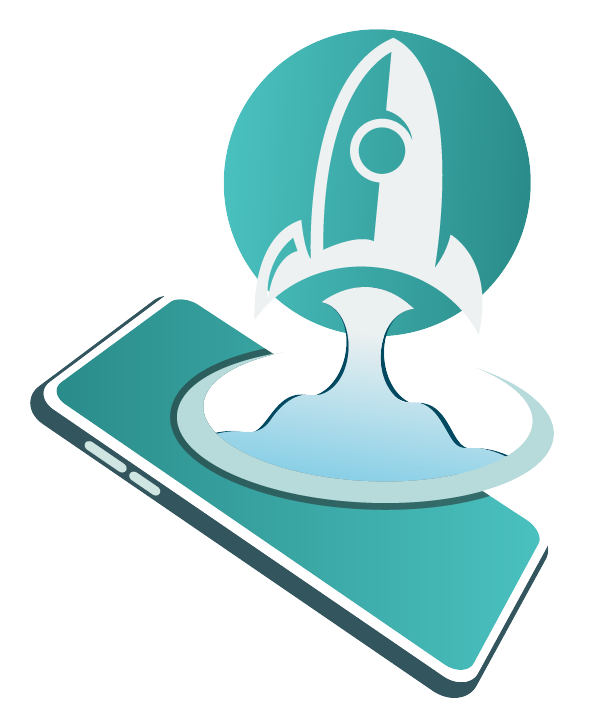
This phase is one of the most crucial in the digital product lifecycle, involving the official release to end users and ensuring optimal performance. It included the following steps:
- Client Review and Final Adjustments
- Production Environment Setup
- App Store Publishing
- Ongoing Post-Launch Updates


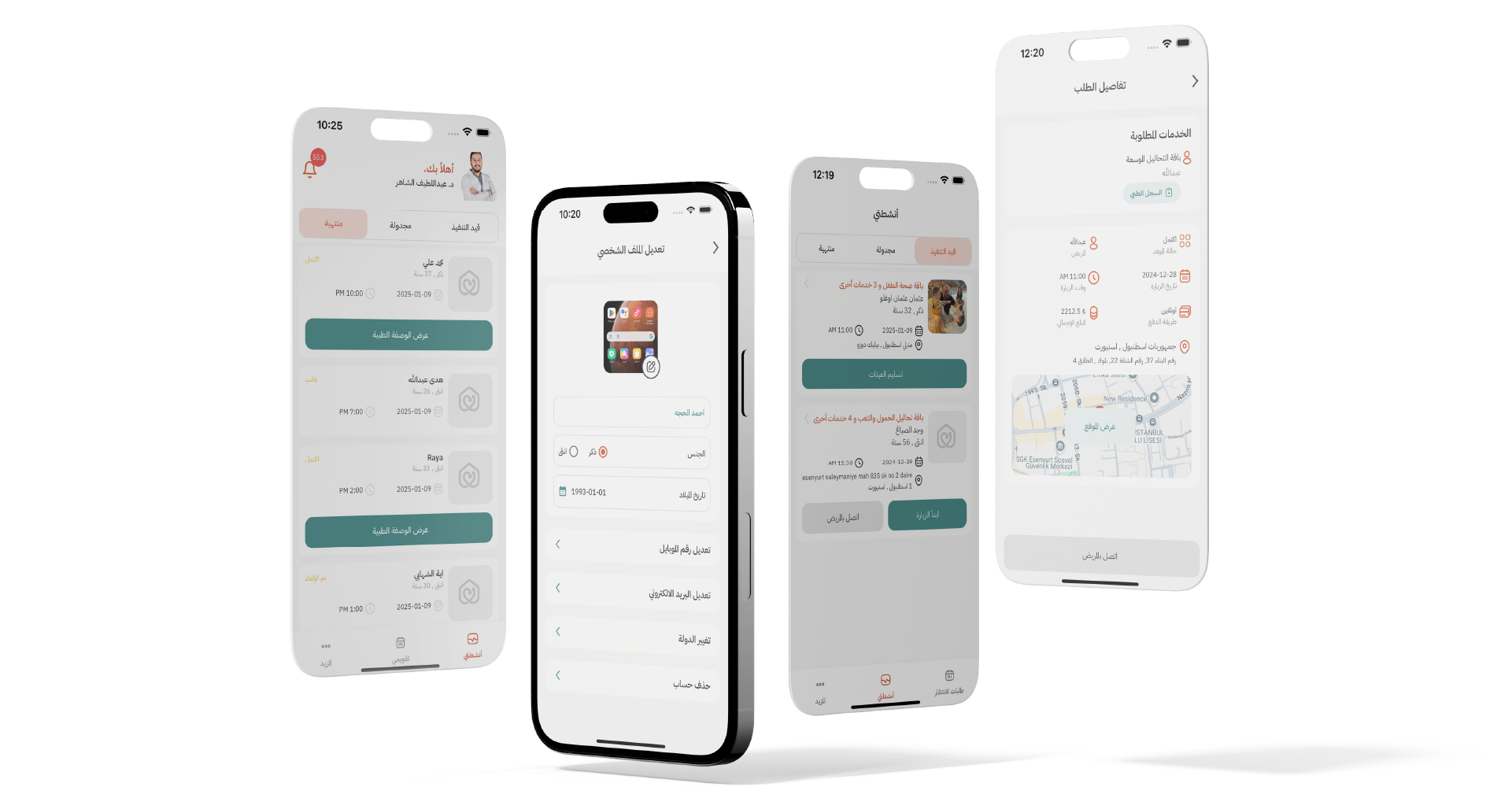
12 -Project Testing
To ensure the delivery of a robust and fully functional platform, we conducted extensive and diversified testing based on the project’s specific needs. Below is a breakdown of the testing process:
- Test Planning:Identifying components to be tested, defining expected usage scenarios, and selecting appropriate testing tools.
- Functional Testing: To confirm that all features operate according to the specifications
- Performance Testing: Assessing the platform’s ability to handle user load while maintaining fast load times.
- Compatibility Testing: Ensuring the platform performs well across various browsers, devices, and operating systems.
- Security Testing: Ensuring user data privacy and identifying potential security vulnerabilities.
- Usability Testing: Reviewing user experience for intuitiveness, efficiency, and smooth navigation.
- Bug Testing: Detecting any software bugs that could affect performance or functionality.
- Acceptance Testing: Confirming that the platform meets all functional requirements and is ready for live use.
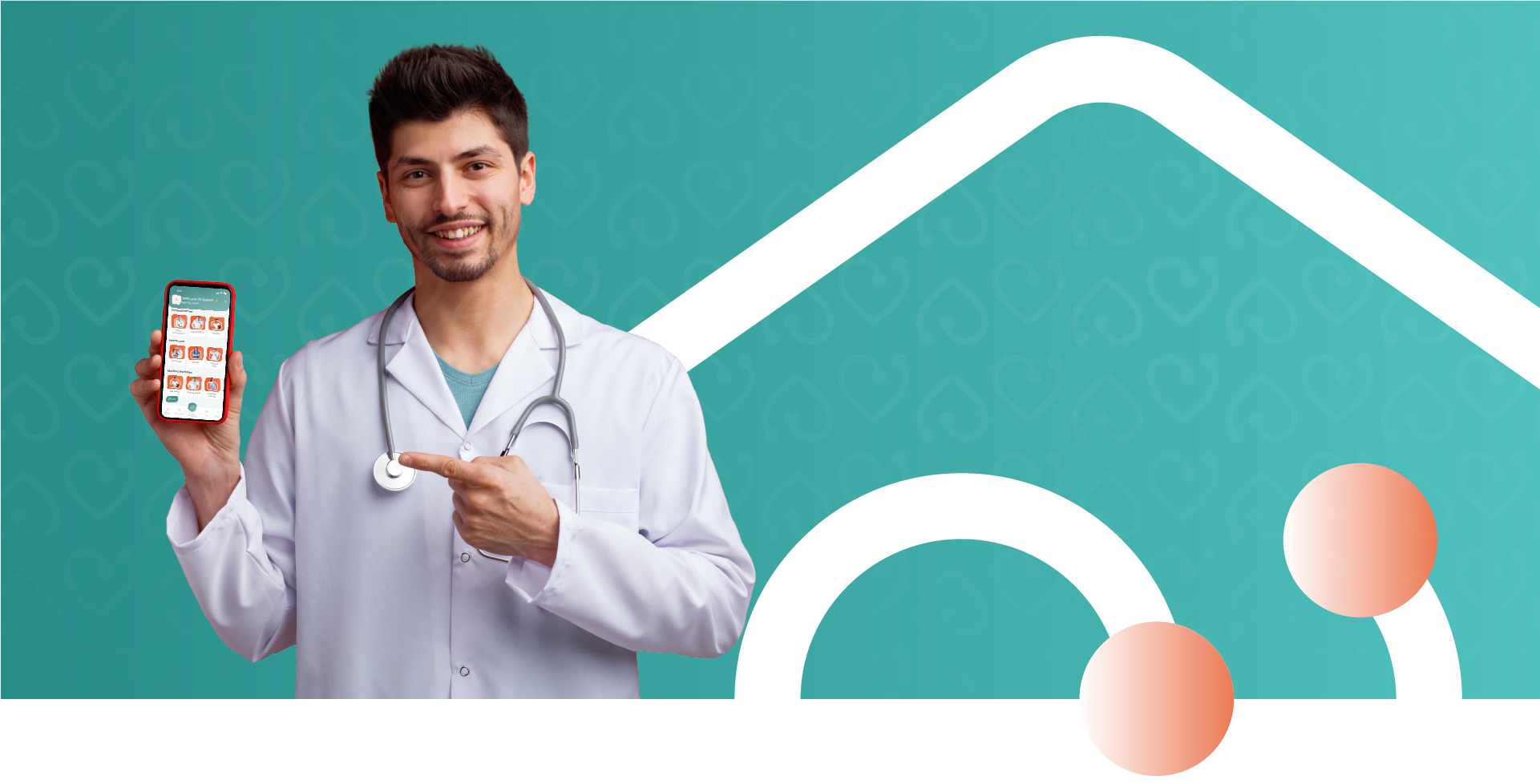
13- Post-Delivery Technical Support Services
Our engagement doesn’t end with delivery. We extended our support to ensure consistent performance, fast issue resolution, and continuous improvement based on user feedback. Post-launch technical support included:
Feedback Collection
We conducted regular meetings with the client and end-users to gather feedback and performance evaluations via interviews and surveys.
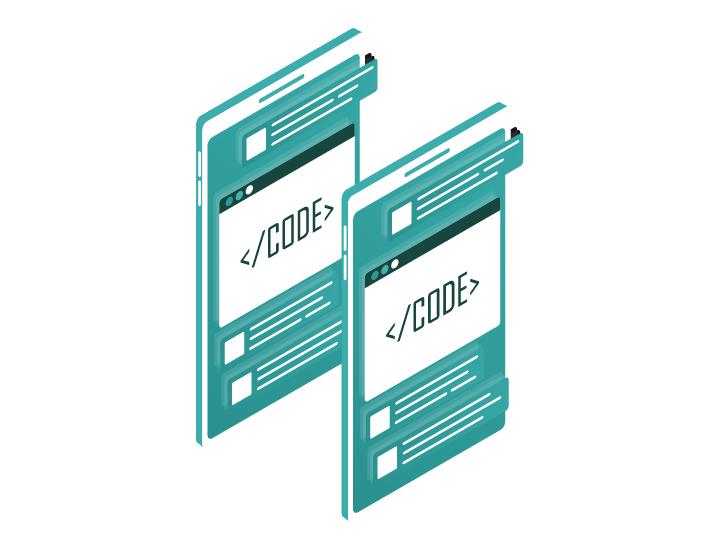
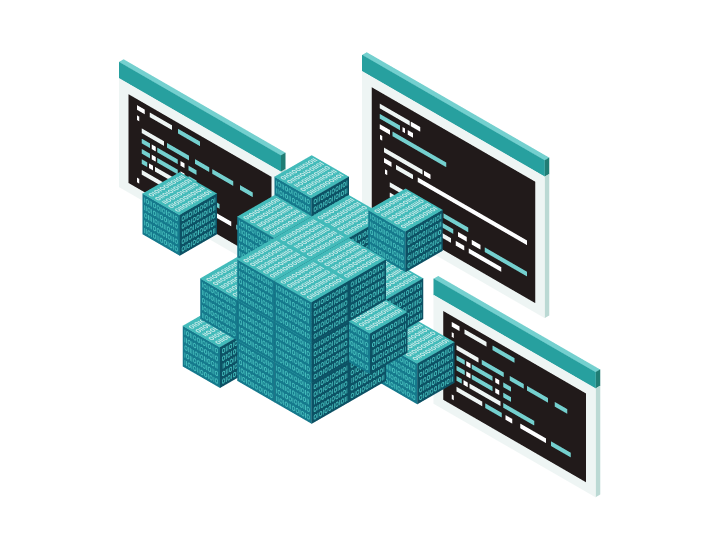
Change Classification
We categorized the modifications into:
– Urgent Fixes: Issues directly affecting platform performance.
– Minor Updates: Low-priority enhancements.
– New Features: Additional functionalities suggested by users or stakeholders.
Impact and Cost Analysis
We evaluated all proposed changes, estimated resource requirements, and calculated implementation costs.
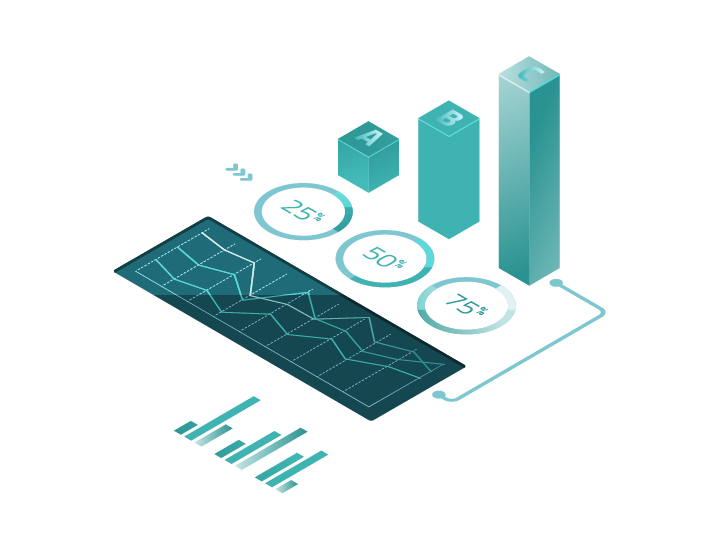
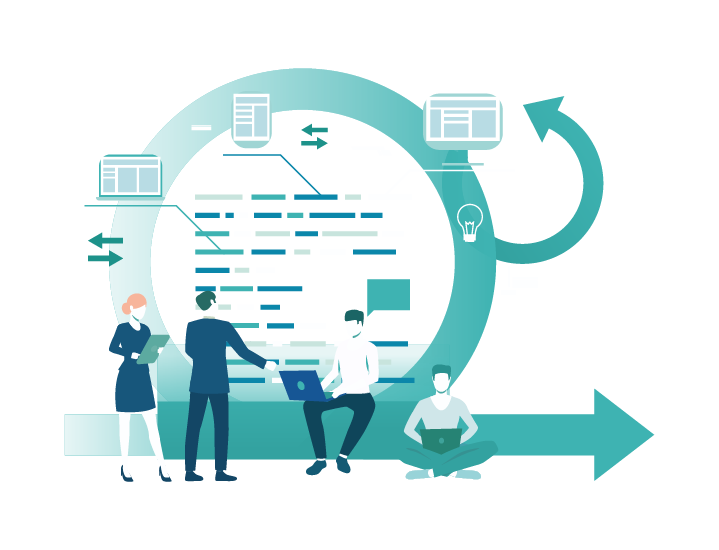
Planning and Execution
We created a full execution plan including priority setting, resource allocation, and a rollout timeline, ensuring all changes were tested before deployment.
Feedback Collection
We conducted regular meetings with the client and end-users to gather feedback and performance evaluations via interviews and surveys.
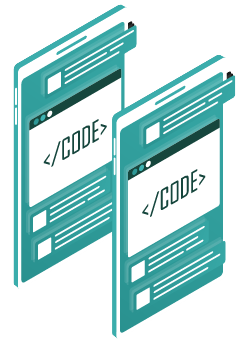
Change Classification
We categorized the modifications into:
- Urgent Fixes: Issues directly affecting platform performance.
- Minor Updates: Low-priority enhancements.
- New Features: Additional functionalities suggested by users or stakeholders.

Impact and Cost Analysis
We evaluated all proposed changes, estimated resource requirements, and calculated implementation costs.

Planning and Execution
We created a full execution plan including priority setting, resource allocation, and a rollout timeline, ensuring all changes were tested before deployment.

14- What We Delivered to the Client
Through this comprehensive system, the client received a fully integrated digital infrastructure that meets current needs and is scalable for future growth. Key deliverables included:
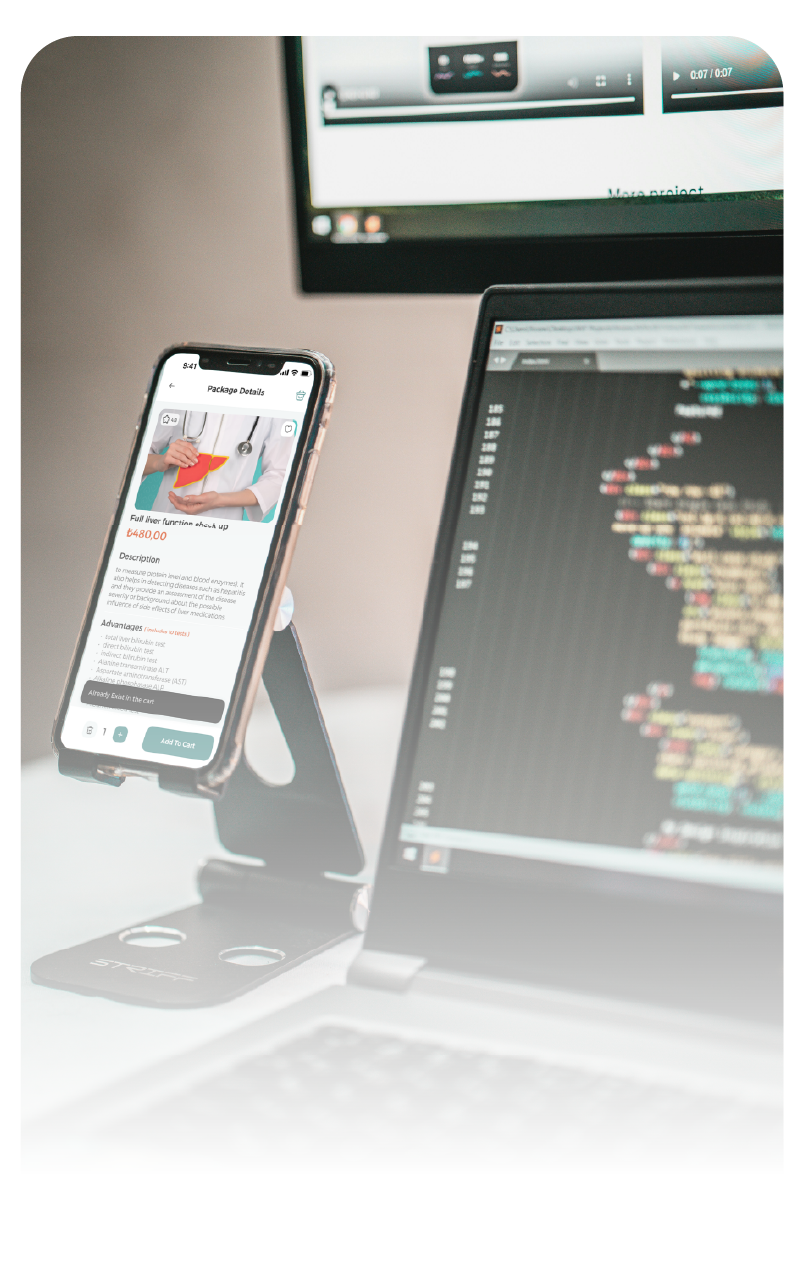
1- A Customized Solution That Meets Needs
We developed a tailored system that aligns with the client’s specifications, focusing on fulfilling user expectations by customizing features and functionalities according to the client’s vision and goals.
2- An Intuitive and Engaging User Experience
We delivered an intuitive user interface design that enables seamless interaction with the platform for all beneficiaries.
3- Enhanced Operational Efficiency
By automating and streamlining processes, we improved operational performance and accelerated service delivery.
4- Strong Data Security
We implemented industry-leading security technologies to safeguard client and user data, ensuring high levels of information protection.

5- A Scalable Future-Proof Solution
From the outset, we designed a flexible and scalable solution that enables future growth. The technology stack allows easy integration of new features and adapts to evolving business requirements.
6- Continuous Technical Support
We provided ongoing technical support post-launch to ensure smooth operation of the platform, including troubleshooting and regular updates.
7- Custom Reports and Analytics
We delivered detailed reports and insightful analytics, enabling the client to monitor platform performance, identify trends, and make data-driven strategic decisions.
8- IoT Integration
We integrated the platform with smart medical devices and wearable technology, allowing users to monitor their health in real-time. Data is automatically synced with the platform, enabling doctors to make accurate, data-driven medical decisions.

15- Training
- Conducted training sessions for the team to fully understand the platform.
- Explained how to use the platform effectively to maximize its potential.
- Demonstrated how to navigate different platform sections through live interface and feature walkthroughs.
- Taught essential usage skills for independent, efficient platform operation.
- Delivered hands-on training to enhance team performance and operational efficiency.
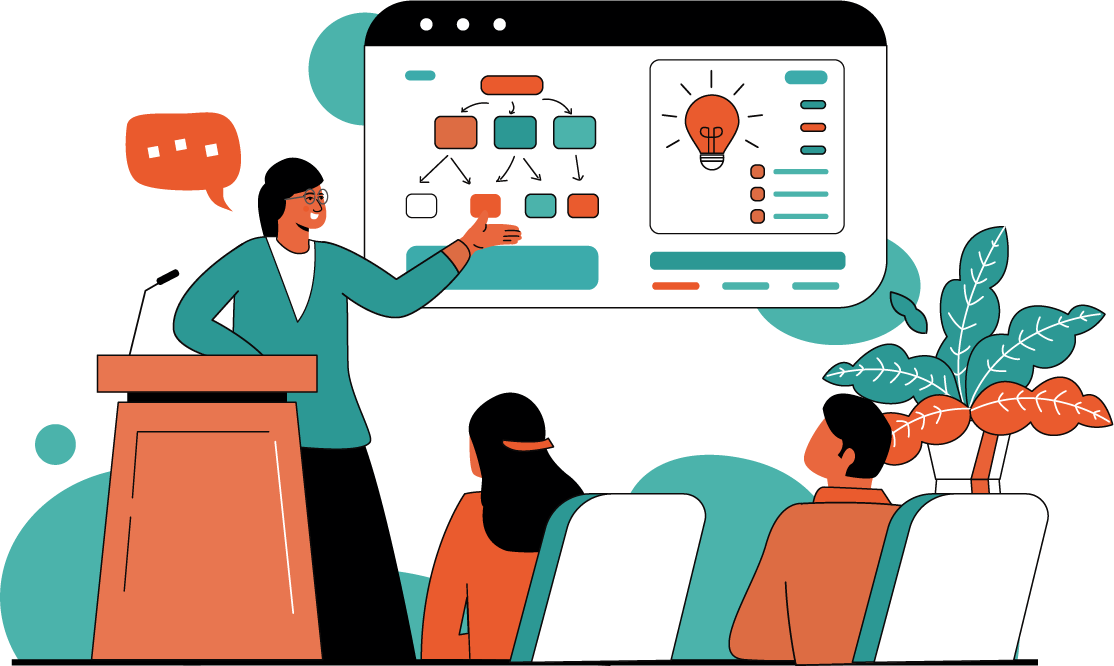
16- Client and User Feedback
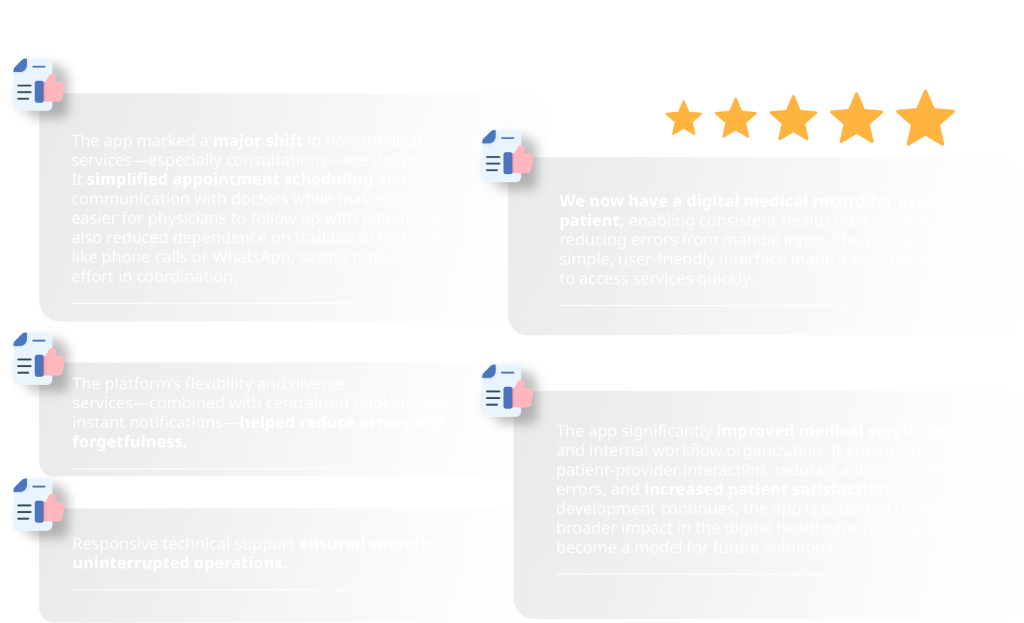

17- Future Plans
AI Integration Plans:
With the platform’s robust architecture, adopting AI technologies will be a top priority for future expansion. AI will enhance medical consultations by analyzing patient data and offering accurate, personalized recommendations — improving diagnosis and enabling faster, more informed medical decision-making.
